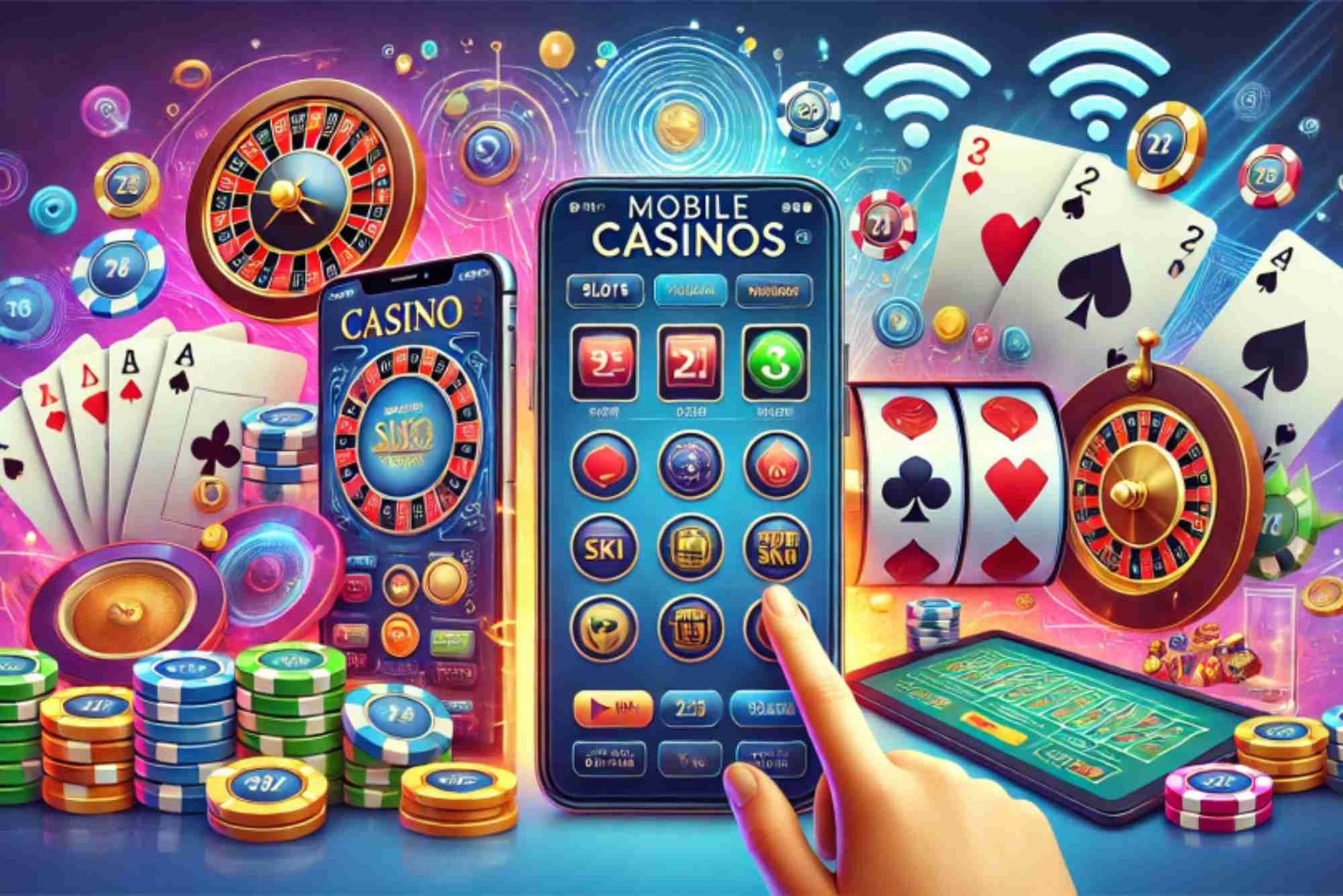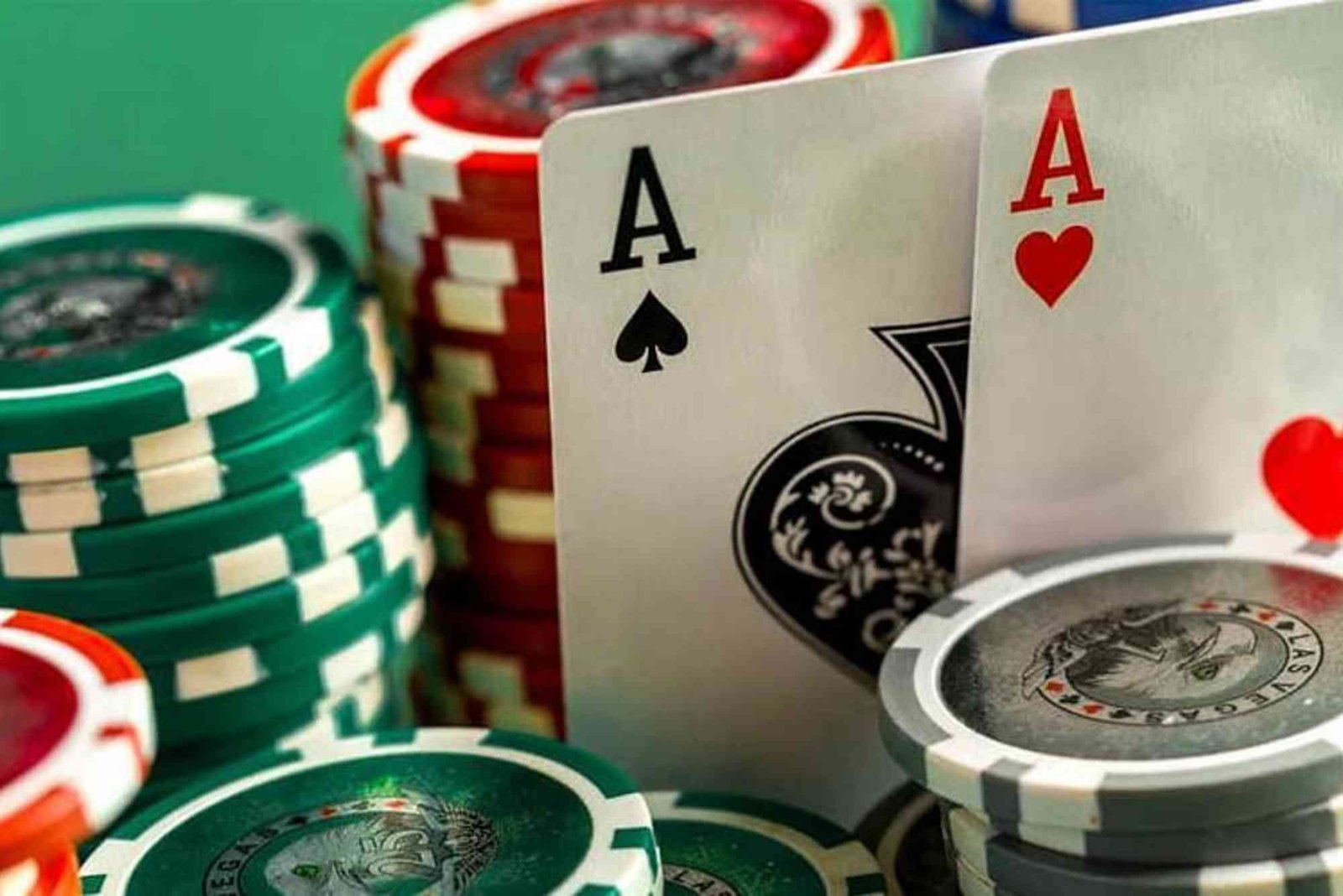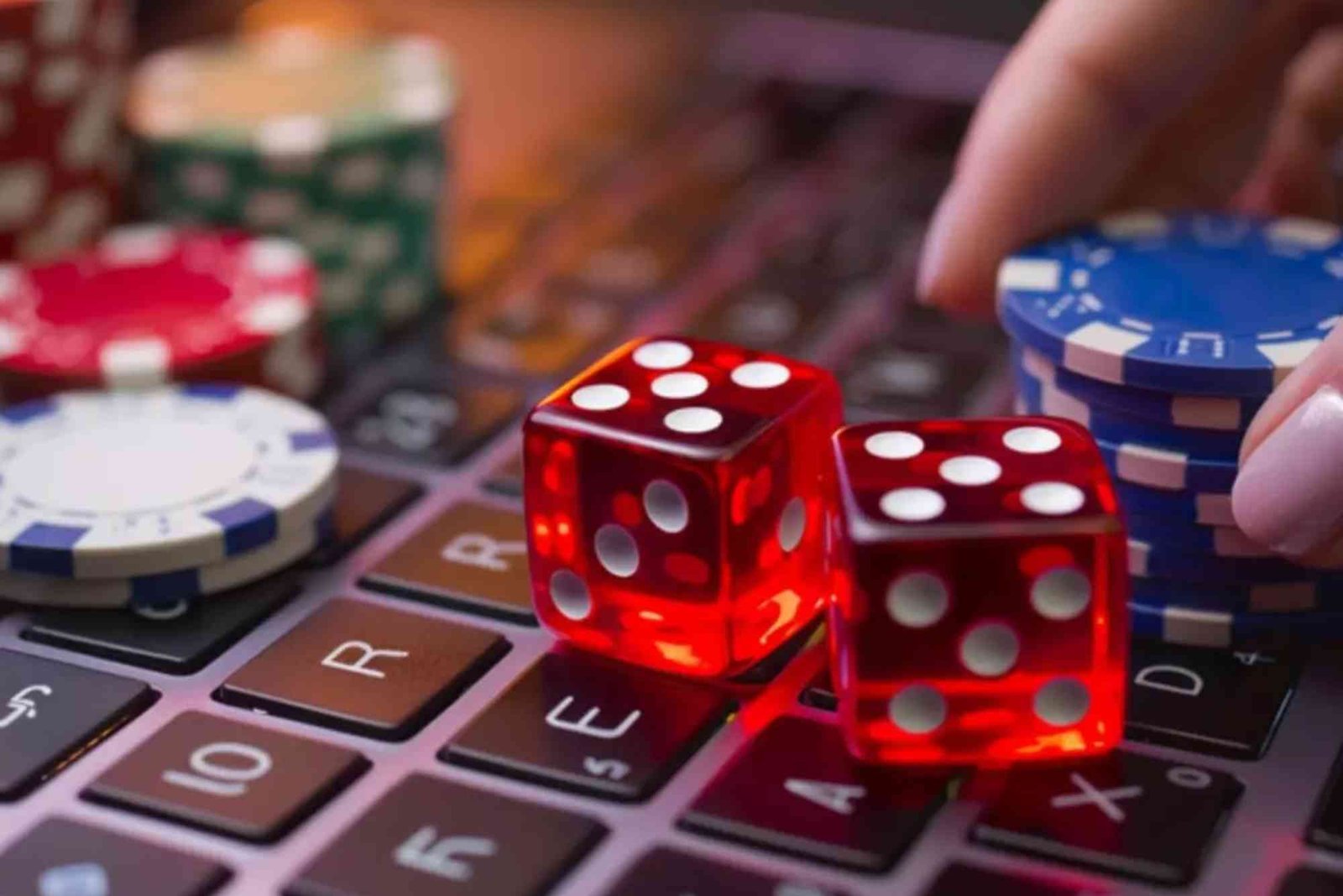I still remember the first time I logged into an online slot with dynamic animations and flashing paylines. It felt more immersive than the standard “spin and hope” approach I’d been using. I watched as symbols lit up, borders glowed, and winning lines pulsed. That excitement got me thinking: do these visual cues actually improve gameplay, or are they just design tricks to keep us spinning? Over the past two years, I’ve tested dozens of slot titles across multiple casinos, analyzed session data, and talked to game designers. The result is this deep dive into how visual cues can shape our slot-playing experience, complete with real-world examples and practical insights.
The Psychology Behind Visual Cues
When you see a flashing reel or a celebratory animation after a small win, your brain releases dopamine—our “feel-good” neurotransmitter. This biological response isn’t new; land-based casinos have used blinking machines and rotating lights for decades to draw us in. I’ve noticed that when a slot highlights near-misses with subtle shakes or sound effects, I’m more inclined to believe a win is “just around the corner,” often pushing me to place just one more spin. Understanding these triggers helps us play smarter and avoid overindulgence.
How Game Developers Leverage Design
In conversations with a slot developer at a recent industry conference, I learned that many modern titles employ something called “reinforcement cues.” These are micro-animations—like a symbol shimmering when it lands—designed to reward even the smallest wins. That shimmer may last only half a second, but it’s enough to create a sense of progression. The developer said the goal isn’t to mislead players, but to build an engaging experience that feels rewarding at every step.
Visual Cues and Player Engagement
One question I hear often among fellow bettors is whether these cues help or hinder focus. My data-driven tests suggest a mixed verdict: while certain animations can clarify winning combinations, over-the-top effects risk distracting us from sound bankroll management.
Interactive Feedback versus Sensory Overload
I once spent a session at a site known for offering Fastest Payout Casino Sites bonuses, testing two versions of the same slot: one with clear, concise paylines and modest color changes, and another with confetti bursts and rotating reels on every spin. The simpler version led to more disciplined play, while the flashy one triggered longer, higher-stake sessions before I noticed my balance dwindling. That experiment taught me that moderation in visual design can actually support better decision-making.
Practical Tips for Using Visual Cues to Your Advantage
So how can you harness these design elements without falling into the “spin till you drop” trap?
Limit Session Length
Use visual milestones—like a certain number of big-win animations—as natural breakpoints to pause and reassess your bankroll.
Adjust Game Settings
Many slots allow you to mute sound effects or tone down animations. I often lower the volume of celebratory jingles, making wins feel positive rather than overwhelming.
Observe Symbol Highlights
When a slot briefly highlights a near-miss combination, take it as a cue to evaluate volatility. Consistent near-misses suggest high volatility and riskier swings.
When Visuals Mislead: Recognizing False Indicators
Not all visual cues are created equal. Some operators, chasing engagement metrics and search rankings for themes like, may prioritize spectacle over substance, packing games with so many flashing lights you can hardly see the balance counter. These design choices can lead to impulse spins, draining your funds before you realize.
Identifying Gimmicky Effects
I categorize gimmicky cues into three main types: gratuitous confetti, misleading near-miss animations, and prolonged win sequences for trivial payouts. When these appear, I recommend steering clear or adjusting game preferences if possible.
Case Study: Cleaner Interfaces and Better Outcomes
At one site I tested—renowned for its minimalist approach to slots—I found that simple green lines marking winning paylines reduced my spin frequency by 20%. Without the distraction of spinning symbols looping into flashes, I focused more on patterns and statistics, making smaller, more strategic bets. Over a month of play, this led to a net improvement in my win-to-loss ratio.
Balancing Engagement with Responsibility
Ultimately, visual cues are a double-edged sword: they can enhance enjoyment, but also nudge us toward impulsive choices. By recognizing how cues influence our psychology, we regain control. Set clear session limits, use cooldown timers, and take advantage of tools offered by leading casinos—including self-imposed deposit limits at some of the Fastest Payout Casino Sites out there.
When you log in, remember that the brightest lights aren’t always pointing to a big win—they might be signaling it’s time to step back. Treat visual cues as helpful guides, not commands. If you stay aware, you can enjoy an engaging, visually rich slot experience while keeping your play responsible and informed.




